Teens today have to navigate a very complicated world. Evidence-based research demonstrates that the best approach to help youth deal with their day-to-day realities is to provide programs that engage, educate, and empower co-design and co-leadership. Youth are more likely to reach their full potential when they are invited to build supports that they believe enable them to strengthen community partnerships, reduce substance use, and deal with anxiety and depression.
Thanks to a WA State Department of Health, Youth Cannabis and Commercial Tobacco Prevention Program (YCCTPP), Community Based Prevention Capacity Building Grant, a talented team at the LIFRC is collaborating with Trillium Swanson from The Coalition for Orcas Youth to create a fully bilingual prevention coalition that serves Lopez Island youth and adults.
For this past year, Karina Cerda and Satya Ray-McWhinney have worked to grow a team of supportive adults for the emerging Lopez Island Prevention Coalition. Concurrently, Satya Ray-McWhinney, Karina Cerda, Valentina Rendon, and Brenda Ochoa are building youth leadership opportunities through the Bilingual Youth Leadership Program, LIFRC’s Youth Advisory Council and the relaunch of LISD’s ASB “Dream Team.”
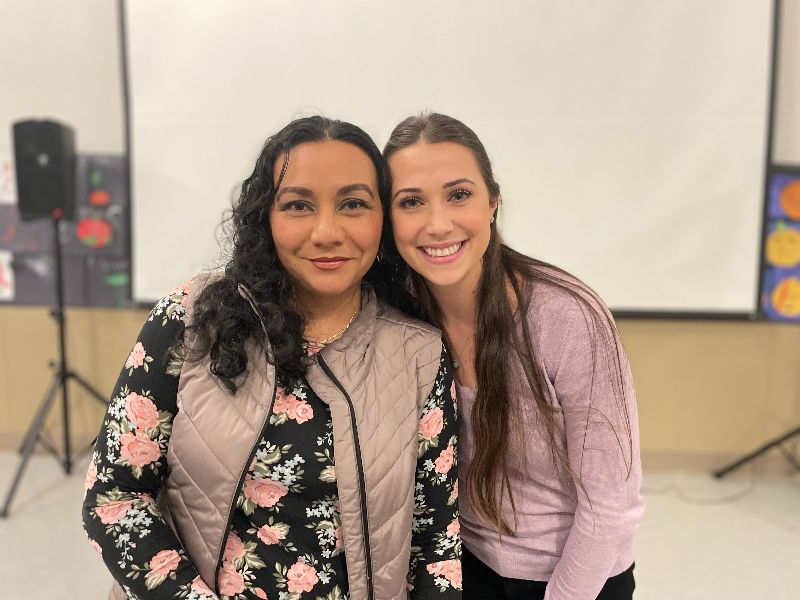
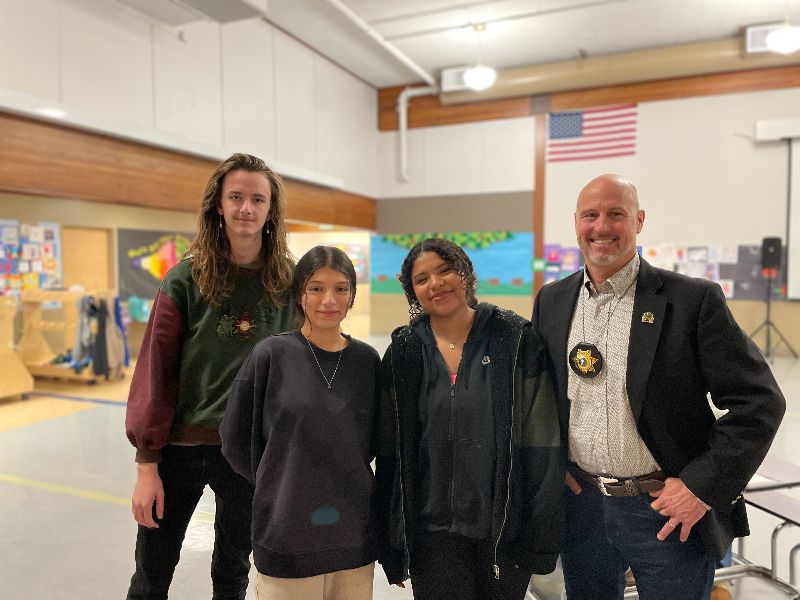
“I participated in the Dream Team from 4th through 8th grade,” says Valentina Rendon. “It feels good to breathe life back into a program that really impacted me and watch new leadership shape and form it to suit the reality of today, which is very clearly around mental health.”
LIFRC and Lopez Island School District’s partnership weaves a talented group of adults and youth who foster strong social connections, support equity, and create environments that promote safety and resilience. This group will then invite additional community members to join the Coalition.
“We are moving away from old-fashioned prevention practices based on substance abuse and more toward wellness,” says Ray-McWhinney. “The two are certainly connected but research shows that when we focus on tools that support wellness and mental health, we also see a reduction in substance abuse.”
“It’s really about identifying and limiting risk factors and increasing protection factors,” continues Ray. “Helping youth learn to look at their community, peers, and school, and assess the risk factors while also learning to identify ways they can cultivate protection factors that will, in the end, reduce those risks.”
Recently, the Lopez Youth Prevention Coalition hosted the first of what will surely be many bilingual community prevention conversations. The evening’s topic was Understanding Fentanyl, Narcan and Reducing Overdose Prevention. Presenters included San Juan County Sheriff’s Department, Lopez Fire & EMS, Lopez School, and community mental health providers. More than 60 community members learned the impacts of fentanyl in San Juan County, how to recognize an overdose and administer Narcan (a lifesaving opioid blocker) as well as how to talk to youth about prevention.

Following this presentation, LIFRC and Lopez Island School District hosted an Inter-Island Youth Prevention Summit in partnership with prevention specialists and youth leaders from Orcas and San Juan Islands. Xander Cook, the original founder of the Lopez Dream Team, joined youth for the county-wide youth training. “Our intention was to get the kids interested in forming the club and gauge what topics they are interested in. We played games and did activities about leadership, creating connection and cultivating community,” says Rendon.
40 youth from Lopez and neighboring islands spent the afternoon working in groups to create an ideal community. Using Dr. Bruce Alexander’s famous “Rat Park” experiment to create a “Human Park,” the youth made lists of services they deemed important for a happy, healthy society to succeed. The things youth stated as being most important for mental health included: affordable housing, free therapy, sports centers and activities built for and with them. When asked for feedback regarding what intrigued them most during the summit, 47.6% said “Skills for Connection.”
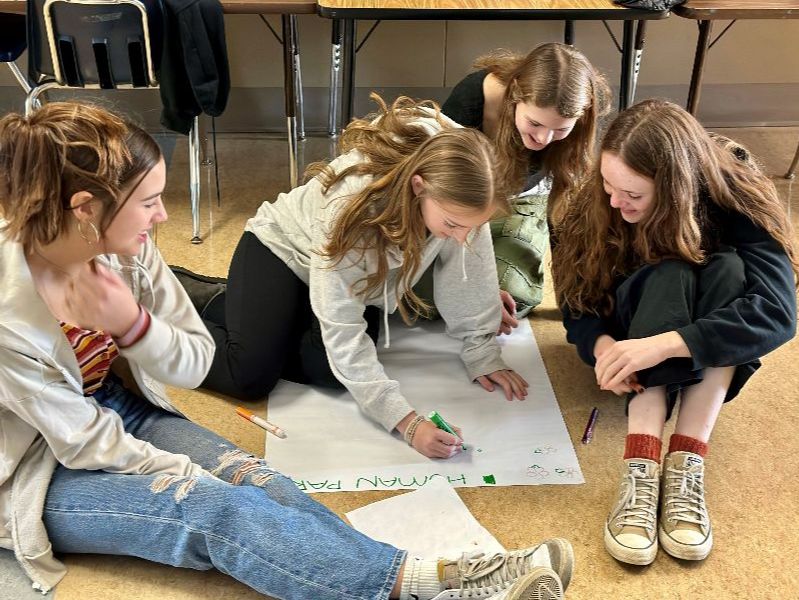
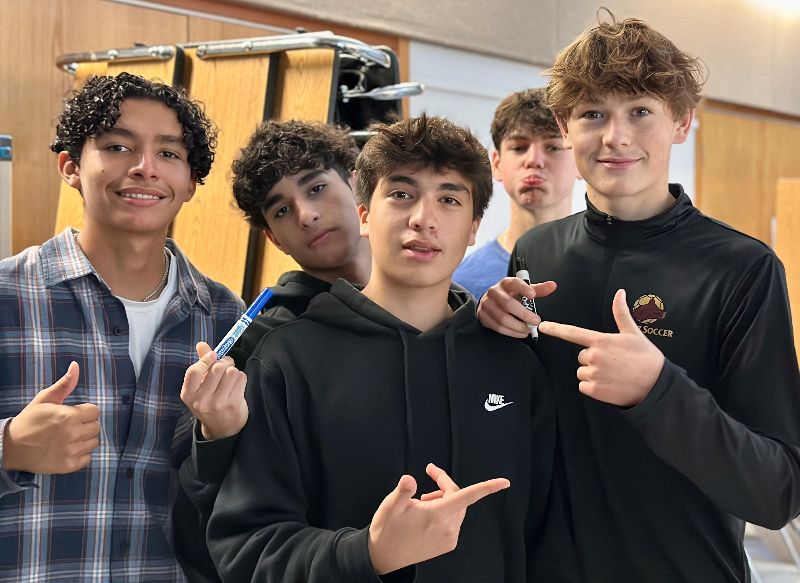
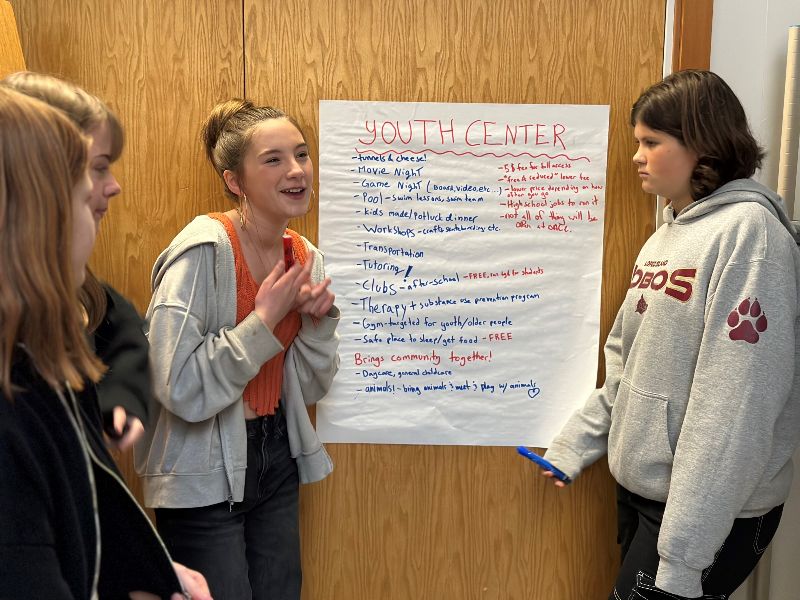
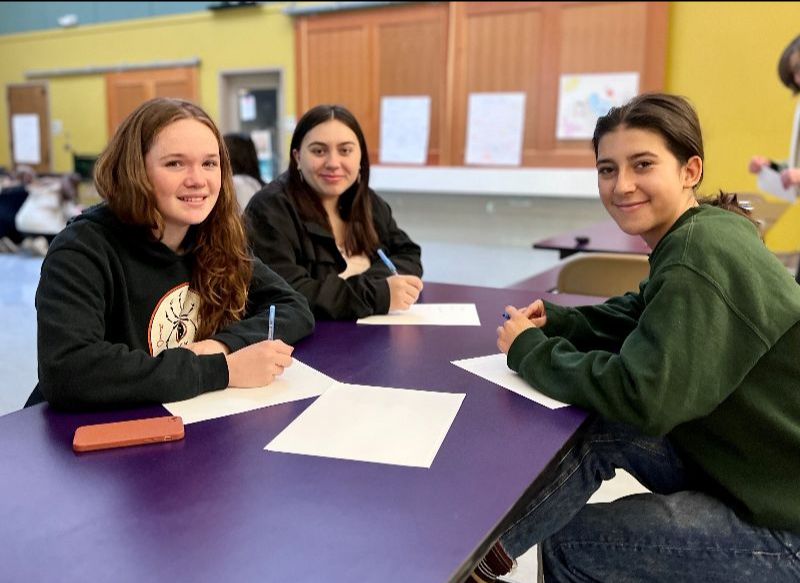
As you can see, the wisdom these youth hold is rich. Which is exactly why the mission statement and plan for the LIFRC’s Youth Advisory Council and Dream Team (which is currently undergoing a rebrand to find a new name) have been left wide open.
“We want the youth to give it life, where the foundation is created by them listening to and working with their peers. We will be there to facilitate and oversee that their programming supports the main goal: substance use prevention,” says Rendon.
Sustainable prevention practices take time and require inclusive collaboration. Your continued support helps this amazing collective not only build a community where substance use prevention and mental health supports are ingrained in our daily routines but also, cultivate connections that strengthen opportunities for generations to come.

